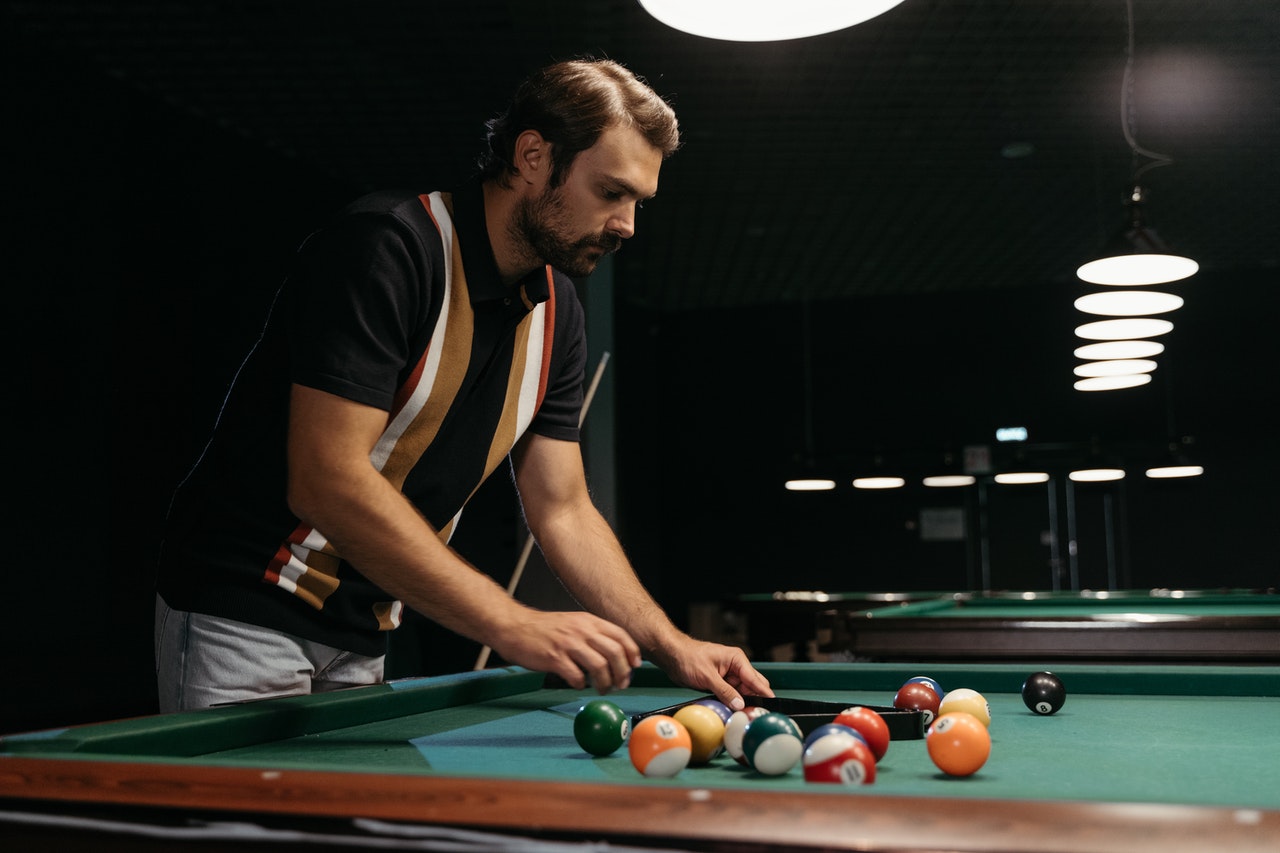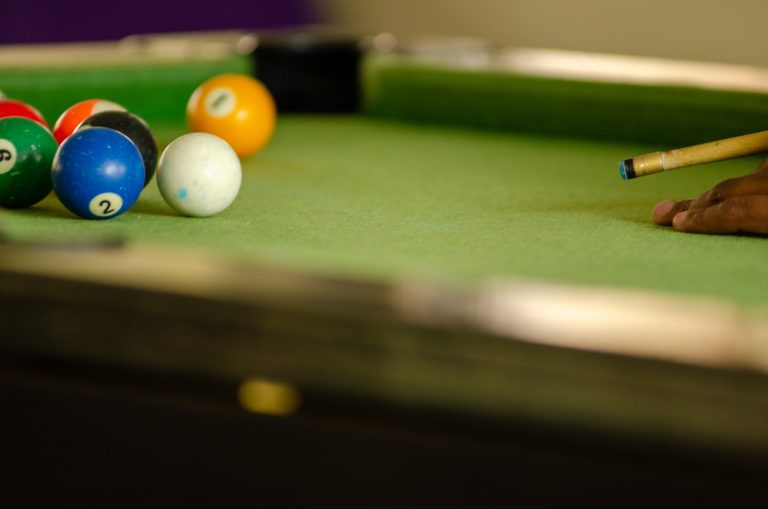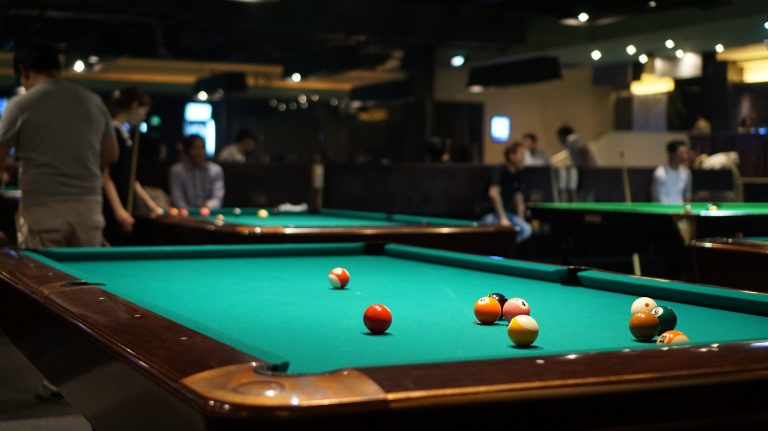How to soften pool table bumpers?
If you’re like most people, you probably use your pool table for more than just playing pool.
Chances are, you also use it as a makeshift dining table, a place to store your extra furniture, or even a workspace. But with all that use, the bumpers on the sides of the table can start to wear down and lose their elasticity.
This can make it difficult to hit balls cleanly and make the game less enjoyable.
Luckily, there is an easy solution: simply soften the bumpers with some hot water! In this post, we’ll show you how to do it. Keep reading for instructions.
Why do pool table rails get hard?
There are a few reasons that pool table rails can get hard.
One reason is that the wood can dry out, making it more brittle and susceptible to cracking.
Another reason is that the rails can become stained with oils and other substances from the balls, which can make them harder to clean.
Over time, these substances can also build up and make the rails harder to penetrate.
Finally, if the rails are not properly maintained, they can start to rust. All of these factors can contribute to the rails becoming hard and less flexible over time.
How do you fix a dead bumper on a pool table?
You could try to fix a dead bumper on a pool table by using either superglue or epoxy. However, if the bumper is severely damaged, it might be best to replace it instead.
How do you restore a bumper pool table?
First, you need to remove the bumpers from the table. Remove the screws that hold them in place and set them aside.
Next, you’ll need to clean the surface of the table. Use a damp cloth to wipe away any dirt or dust.
Now, it’s time to apply the new bumper. Place them in the correct position and use the screws to secure them in place.
Finally, reattach the bumpers to the table. Make sure they are in the correct position and use the screws to secure them in place.
What are the bumpers on a pool table made of?
Pool table bumpers are typically made from either a hard rubber or dense foam. They are placed at the bottom of the rails around the edge of the table to help keep the balls in play.
Without them, the balls would quickly bounce out of the table. In some cases, a pool table may have no bumpers at all, especially if it is a smaller table.
This can make the game more challenging, as players will have to be more precise with their shots.
How to soften pool table bumpers?
To soften pool table bumpers, you can either use a chemical or a heat source.
For the chemical method, you can use a wet sponge to apply the bumper softener to the surface of the bumper.
For the heat method, you can use a hair dryer to heat up the bumper and make it softer.
How do I know if my pool table bumpers are bad?
If you’re not sure if your pool table bumpers are bad, there are a few tests you can try.
One is to take a cue ball and hit it straight at one of the bumpers. If the ball bounces off the bumper and goes in a different direction than where you hit it, then the bumper is probably bad.
Another test is to take a cue ball and hit it at an angle towards one of the bumpers.
If the ball doesn’t bounce off the bumper, but instead goes in a different direction than where you hit it, then the bumper is probably bad.
Finally, you can try hitting one of the balls on the table towards one of the bumpers.
Conclusion
Pool table rails can get hard because of the humidity in the air. This makes them less effective at absorbing impacts, which can cause the balls to bounce off more quickly.
You can fix a dead bumper on a pool table by replacing it with a new one. Bumper restoration is possible for those who are willing to put in the time and effort.
The bumpers on a pool table are usually made out of rubber or plastic. They can be softened by using a solvent that will dissolve the material they are made from.
If you think your pool table bumpers are bad, you can test them by dropping a ball onto them from different heights.
| Don’t Miss This: How To Replace Pool Table Pockets? |

I’m Maverick and I love playing pool games with my friends. I found myself struggling for proper guidance playing this game and selecting good quality equipment for it. I, then, decided to create this blog to guide pool enthusiasts to get right information and start enjoying their game.



![What Size Is A Bar Pool Table? [Find It Now]](https://poolcuechamp.com/wp-content/uploads/2022/04/pexels-pixabay-261043-768x512.jpg)
![How To Choose A Pool Cue? [Follow These Steps]](https://poolcuechamp.com/wp-content/uploads/2022/03/pool-cues-1-1427389-768x480.jpg)
![Why is billiards called pool? [Know The Answer]](https://poolcuechamp.com/wp-content/uploads/2022/04/avi-richards-pYxkImx886M-unsplash-768x577.jpg)
![How to play 9 ball pool? [Follow This Guide]](https://poolcuechamp.com/wp-content/uploads/2022/03/eight-ball-g6f47d0e4a_1920-768x497.jpg)
